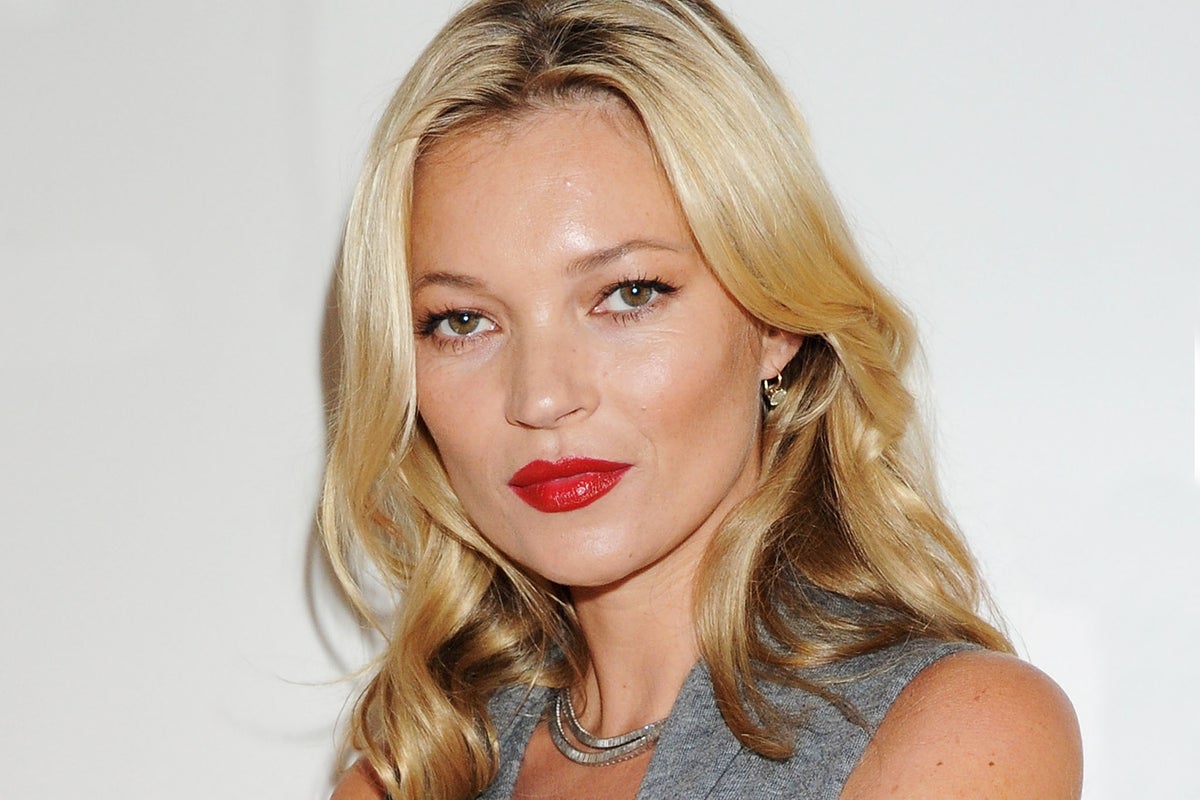
Living in London offers many opportunities – such as the chance to make staggeringly large monthly donations towards your landlord’s mortgage in return for a shoebox to sleep in. It also offers the chance to be in the vague vicinity of incredibly good-looking people every seven minutes or so, especially when – as it did this month – London Fashion Week rolls into town. But all year round, areas like Covent Garden have an almost unnerving ability to be populated by “the beautiful people” – so much so that it’s common to find yourself doing what I call “beauty slipstreaming”, which is when you find yourself walking behind someone the world sees as good looking and briefly glimpsing the world from their perspective. It’s an endless procession of warm smiles, double takes, furtive glances and unbridled human happiness all around you. For a brief few seconds, anyone can experience what it’s like to be attractive, and what it’s like to benefit from what’s known as “pretty privilege”.
It’s not a revelation to say that good-looking people are lucky in a way regular folk aren’t. But the depth of “pretty privilege” is quite amazing once you examine it. A fleet of studies confirm that – in a financial sense, for example – there is what’s known as a “beauty bias”. Economist Daniel S Hamermesh’s book Beauty Pays: Why Attractive People Are More Successful shows that this group in society not only get paid more in terms of salary, but they’re also offered more employment opportunities and are even able to secure financial loans easier too. Hamermesh further ponders whether those at the opposite end of the appearance spectrum should receive government support. Additional research suggests that being defined as beautiful makes people more productive while, worryingly, even our internal organs and microbiology seem to have a pretty preference as well. Research in 2022 indicated that those surveyed who were deemed to be good looking had a higher amount of “natural killer” cells that would fight infections and viruses better than others.
Away from the cellular level, our own human biases are often the result of something called “the halo effect”, which occurs when we associate a person’s overall characteristics with one prevailing good impression we have upon first meeting them – and it’s usually their attractiveness. This is only made possible because we still subscribe to the wretchedly destructive concept that some people are good looking and some people aren’t. This is obviously not a reality. Grown humans who have lived for a minute or two know deep down that this is nonsense. Look to your friendship group, for example. Imagine if an outsider deemed one of them “ugly” – it would be so heinous you’d be forgiven for wanting to punch them. In the real world, people are attracted to each other for a galaxy of reasons. Yet despite this, we still passively allow the entertainment, media, fashion and film industries to steer us towards a universal standard of beauty.
More and more, we call the people who typically end up on magazine covers or as the romantic leads in movies “conventionally attractive”. They often have symmetrical faces, bodies that are lean and tall but not too tall, and no skin conditions to speak of. They roam among us, being valued, respected and listened to far more than others, and of course, are significantly more romantically and sexually successful than the rest. But even when sex is off the table due to our specific sexual orientations, it’s still weirdly common for, say, straight men to trust a good-looking guy over and above others. Years ago, a young, go-getting man with a very pleasant face joined a place where I was working in a senior role. He was exceptionally welcomed by all, until he very slowly revealed himself to be a dud. In a post-mortem around a coffee machine one morning, a group of men all happily admitted that they were somewhat swoony for him, which manifested not into an attraction but into a deep subconscious sense that he would be excellent at the job. “He just looked like his face… fit” was one colleague’s lingering summation.
We blame platforms like Instagram for making the face such a perniciously prominent aspect of modern life, due to the site’s supposed algorithmic preference for posts containing faces. But I actually think the platform that does more to cement the idea of “pretty privilege” is the relatively under-discussed LinkedIn. It may seem trivial, but knowing what we know about “pretty privilege”, it worries me that a person’s employment prospects are so bound to the idea of a picture-topped online profile – especially when the beaming confidence of those who feel comfortable in their own attractiveness are in competition with, well, the rest of us. Even though the Equality Act of 2010 says that UK employers shouldn’t discriminate on the basis of factors such as age, race or gender, in practice the status of LinkedIn as a global employment market – with its prominent placing of a candidate’s profile picture – must surely undercut that and cement “pretty privilege” in a way that’s alarmingly under appreciated.
Things get even weirder when the upper echelons of conventional beauty enter the business realm. Take Kate Moss’s recent venture, Cosmoss – a wellness brand (in the vein of Gwyneth Paltrow’s Goop) which, alongside perfumes, teas and skincare products, also sells products in line with the pseudo-scientific ideas of crystal healing. The oracle dial, for example, is a triad necklace that for £355 will “aid trust and understanding of the ‘knowing’ born from the oracle within and aligns your being to the cosmos”. Amid a media blitz to promote it, a Sunday Times interview with Moss this weekend seemed so deferential to Moss’s beauty that it didn’t make any mention of the fact that crystals might be a bit of a bogus concept. Moss is just the latest of a long line of conventional beauty icons (Katy Perry, Bella Hadid, Gisele Bundchen) to promote the properties of crystal healing, a practice that is firmly established to have no basis in scientific fact. But how often do you see crystals being called out for being junk? That it’s rare is, to me, peak “pretty privilege”.
The alternative music scene was the sole reserve of the gnarled, scuzzy, unglamorous and the unconcerned with beauty – until it was lost, forever
It might seem I’m picking on Kate Moss a bit. But in many ways, she’s been a prominent bit player in the erosion of something I’ve held dear my whole life – namely the alternative music scene as a haven for the unconventionally attractive. I’ve always felt lucky to have been a teenager in the Nineties, which despite its many faults, was still a moment when scrawny, scruffy bands championed in the NME and the alternative press suddenly made it to the mainstream – bringing forth faces that were an antithesis to the polished visages of Take That and Wet Wet Wet. One of my childhood heroes and a peerless icon of unconventional attractiveness – Pulp’s Jarvis Cocker – turned 60 years old last week. I still feel that Pulp’s headline slot at Glastonbury in 1995 was the last time a band of defiantly unconventional-looking outsiders ever headlined the Pyramid, before Robbie Williams opened the pop floodgates in 1998, and then Moss ushered in a new beauty standard for festivals as “the queen of Glastonbury” a few years later. A place that had been the sole reserve of the gnarled, scuzzy, unglamorous and the unconcerned with beauty was lost, forever.
Yet it’s in alternative popular culture today that I see an actual, ideological stand finally being taken against the tyranny of the conventionally attractive – one that the mainstream would be wise to spotlight more. Queerness as a term has a myriad of meanings, but when associated with music and especially club and DJ culture, it has become synonymous with a sense of strict non-judgement around people’s appearance. In the context of tearing away discrimination over gender and sexuality, queer artists simultaneously work towards radically eradicating body-shaming, ableism and any discrimination based on one’s looks at all. It is a scene where any pre-existing concepts of beauty are left at the door. And it palpably works, to the point where more clubs are aligning themselves with the same door policies of queer clubs and more people are spending their Saturday nights in environments where someone’s physical appearance is mercifully unimportant. If we’re lucky, that same attitude will start to extend even further, all the way to the interview panel and the board room.







